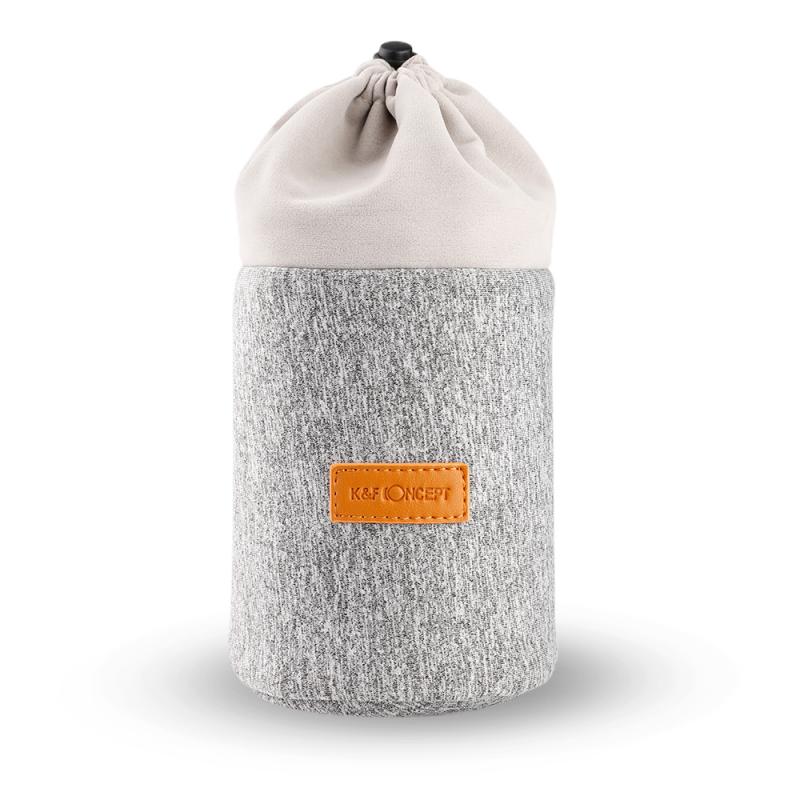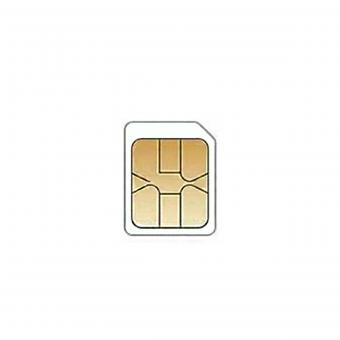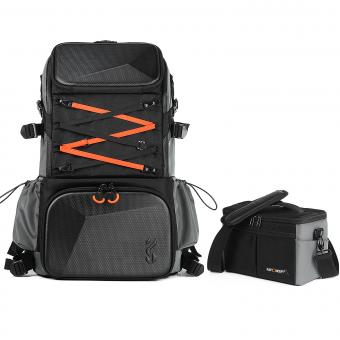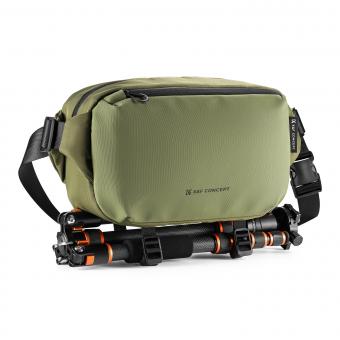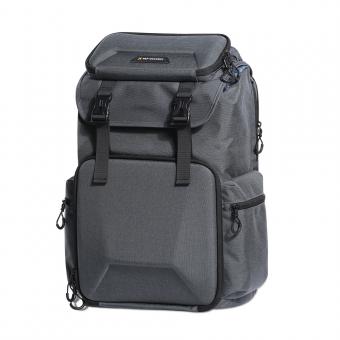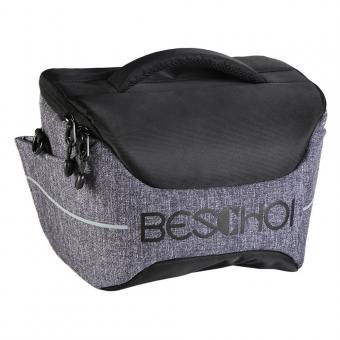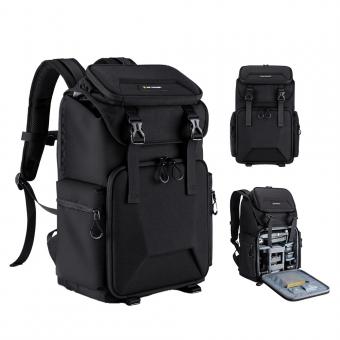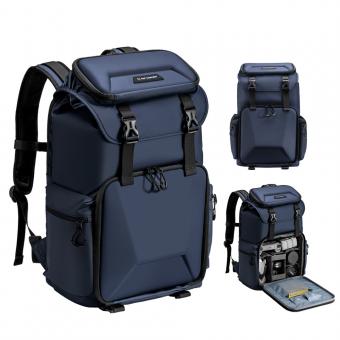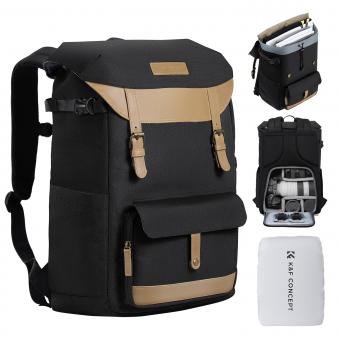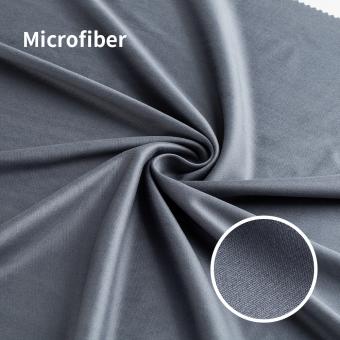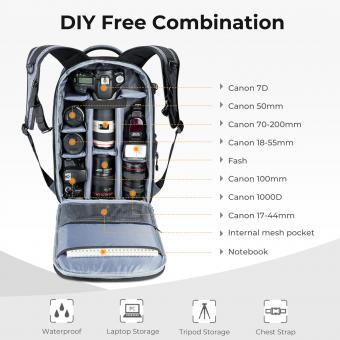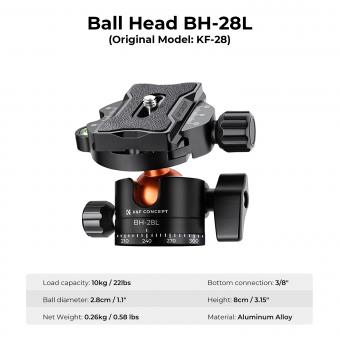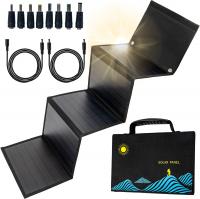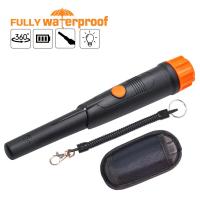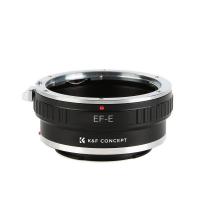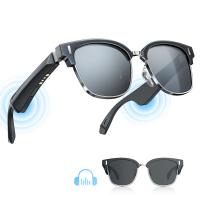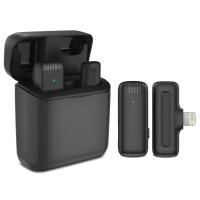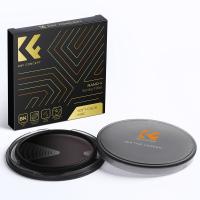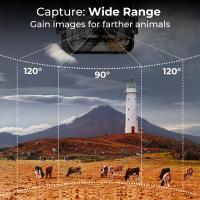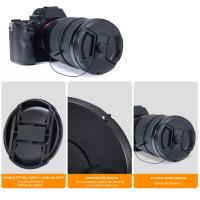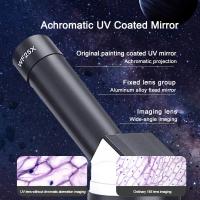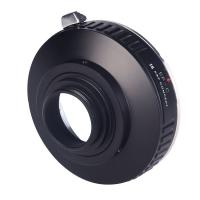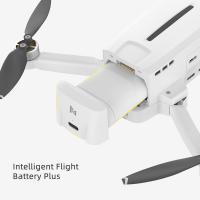How To Carry Camera Without Bag ?
There are several ways to carry a camera without a bag. One option is to use a camera strap that can be worn around your neck or across your body. This allows you to have your camera easily accessible while keeping your hands free. Another option is to use a camera holster or belt clip, which securely holds the camera on your hip or waist. This provides quick and easy access to your camera while keeping it secure. Additionally, you can consider using a camera wrist strap, which attaches directly to the camera and allows you to carry it in your hand or wrap it around your wrist. This provides a secure grip on the camera while keeping it easily accessible. Ultimately, the best method will depend on your personal preference and the type of camera you have.
1、 Camera Strap Options for Hands-Free Carrying
Camera Strap Options for Hands-Free Carrying
Carrying a camera without a bag can be a convenient and practical option for photographers who want quick and easy access to their equipment. Fortunately, there are several camera strap options available that provide hands-free carrying while ensuring the safety and comfort of your camera.
1. Neck Strap: The most common and traditional option is a neck strap. It attaches to the camera's lugs and hangs around your neck, allowing the camera to rest comfortably on your chest. However, this option can cause strain on your neck and shoulders, especially if you have a heavy camera setup.
2. Shoulder Strap: A shoulder strap is similar to a neck strap but is worn diagonally across your body, distributing the weight more evenly. This option is particularly useful for photographers who need to move quickly or have a heavier camera setup. Some shoulder straps also come with additional pockets or compartments for storing small accessories.
3. Sling Strap: Sling straps are designed to be worn across your body, with the camera hanging at your side or behind your back. This option provides quick access to your camera and allows for easy movement without the camera bouncing around. Sling straps often have adjustable features to customize the fit and comfort.
4. Wrist Strap: If you prefer a more compact and minimalist option, a wrist strap might be the right choice for you. It attaches securely to your camera's lug and wraps around your wrist, providing a secure grip and preventing accidental drops. Wrist straps are ideal for smaller cameras or situations where you need to keep your hands free.
5. Harness System: For photographers with multiple cameras or heavy equipment, a harness system can be a game-changer. These systems distribute the weight across your shoulders and back, providing excellent support and comfort. They often come with quick-release mechanisms for easy access to your cameras.
When choosing a camera strap, consider factors such as comfort, durability, and ease of use. Additionally, it's essential to ensure that the strap is compatible with your camera's mounting system. Ultimately, the right camera strap option will depend on your specific needs and shooting style.

2、 Camera Holsters for Convenient and Secure Transportation
Camera Holsters for Convenient and Secure Transportation
Carrying a camera without a bag can be a challenge, especially when you want to have quick and easy access to your equipment while ensuring its safety. This is where camera holsters come in handy. Camera holsters are designed to securely hold your camera on your body, providing convenient access and reducing the risk of damage or theft.
One of the main advantages of using a camera holster is the convenience it offers. Unlike carrying a camera in a bag, a holster allows you to have your camera readily accessible at all times. This is particularly useful for photographers who need to capture spontaneous moments or quickly switch between different lenses. With a camera holster, you can have your camera securely attached to your hip or chest, ready to be grabbed and used in an instant.
Camera holsters also provide a secure transportation solution. They are designed with features such as adjustable straps and locking mechanisms to ensure that your camera stays in place and doesn't accidentally fall out. Some holsters even have additional padding or shock-absorbing materials to protect your camera from bumps and impacts during transportation.
In addition to convenience and security, camera holsters also offer a more comfortable way to carry your camera. They distribute the weight of the camera evenly across your body, reducing strain on your neck and shoulders. This is especially beneficial for photographers who spend long hours shooting or need to carry heavy camera equipment.
Furthermore, camera holsters have evolved to meet the needs of modern photographers. Many holsters now come with additional pockets or compartments to store extra batteries, memory cards, or small accessories. Some even have built-in rain covers or weather-resistant materials to protect your camera in challenging weather conditions.
In conclusion, camera holsters provide a convenient and secure way to carry your camera without the need for a bag. They offer quick access to your equipment, ensure its safety during transportation, and provide added comfort for photographers. With the latest advancements in design and functionality, camera holsters have become an essential accessory for photographers of all levels.
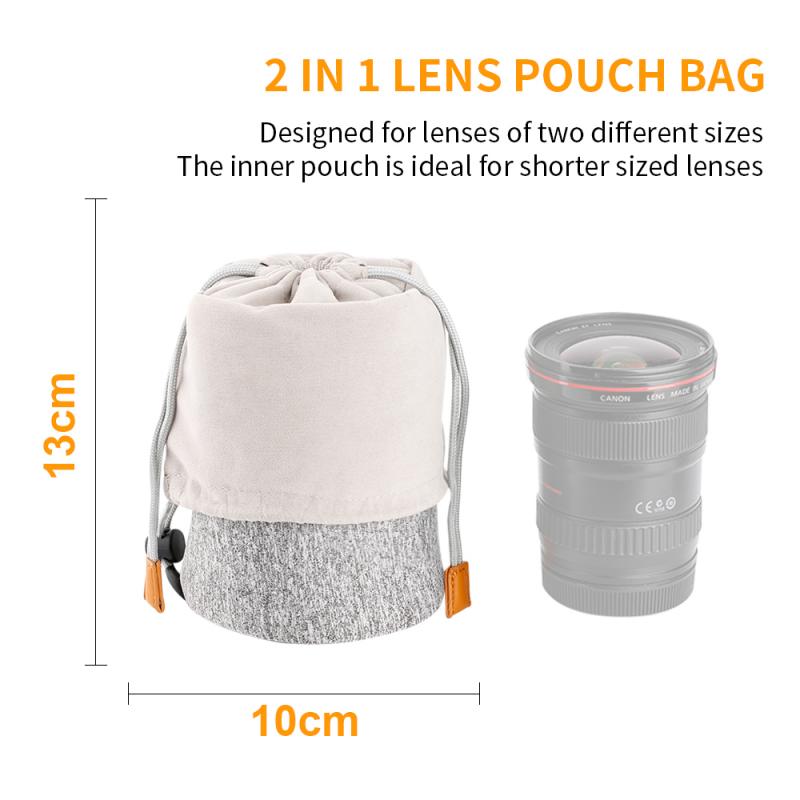
3、 Camera Clip Systems for Attaching to Belts or Straps
Camera Clip Systems for Attaching to Belts or Straps are a popular and convenient way to carry a camera without the need for a bag. These systems provide quick and easy access to your camera while keeping it secure and within reach at all times.
One of the most well-known camera clip systems is the Peak Design Capture Clip. This system features a sturdy clip that attaches to your belt or backpack strap, allowing you to securely carry your camera on your hip or chest. The quick-release button ensures that you can easily grab your camera whenever a photo opportunity arises.
Another popular option is the SpiderPro Camera Holster. This system uses a durable holster that attaches to your belt, providing a comfortable and secure way to carry your camera. The quick-draw mechanism allows you to effortlessly access your camera with one hand, making it ideal for fast-paced shooting situations.
These camera clip systems have gained popularity among photographers due to their convenience and accessibility. They eliminate the need for a bulky camera bag, allowing photographers to move freely and capture moments without any hindrance. Additionally, these systems distribute the weight of the camera evenly, reducing strain on the neck and shoulders.
It is important to note that when using camera clip systems, it is crucial to ensure that your camera is securely attached and properly balanced. Regularly checking the attachment points and tightening any loose screws or straps is essential to prevent accidents or damage to your equipment.
In conclusion, camera clip systems provide a practical and efficient way to carry your camera without the need for a bag. They offer quick access, even weight distribution, and freedom of movement, making them a popular choice among photographers.
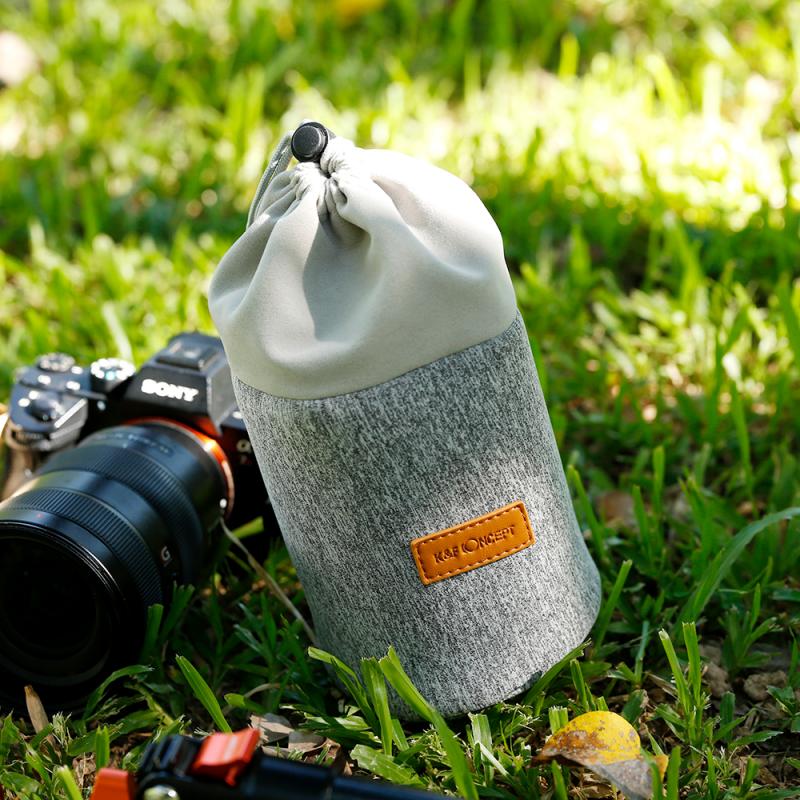
4、 Camera Harnesses for Comfortable and Distributive Weight Support
Camera harnesses are an excellent solution for carrying a camera without the need for a bag. These harnesses provide comfortable and distributive weight support, allowing photographers to have their camera easily accessible while keeping their hands free.
One of the main advantages of camera harnesses is the even distribution of weight across the body. Traditional camera bags can put strain on one shoulder or the neck, leading to discomfort and potential long-term issues. Harnesses, on the other hand, distribute the weight evenly across the shoulders and back, reducing strain and allowing for extended shooting sessions without discomfort.
Furthermore, camera harnesses provide a secure and stable way to carry the camera. They typically feature adjustable straps and buckles that can be customized to fit the photographer's body size and shape. This ensures that the camera stays in place and doesn't swing or bounce around while walking or moving.
Another benefit of camera harnesses is the quick and easy access to the camera. With a bag, photographers often have to fumble around to retrieve their camera, potentially missing important shots. Harnesses keep the camera within arm's reach, allowing for quick and seamless access when a photo opportunity arises.
In terms of the latest point of view, camera harnesses have evolved to cater to the needs of modern photographers. Many harnesses now come with additional features such as pockets and compartments for carrying extra lenses, batteries, or memory cards. Some harnesses even have attachment points for accessories like tripods or water bottles.
Overall, camera harnesses provide a comfortable and convenient way to carry a camera without the need for a bag. They offer even weight distribution, secure camera support, and quick access to the camera, making them a popular choice among photographers.
